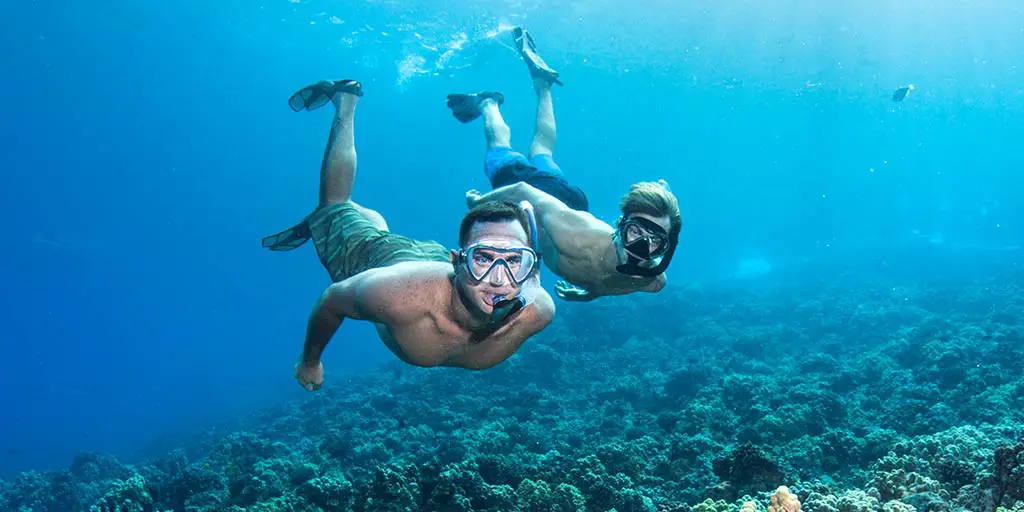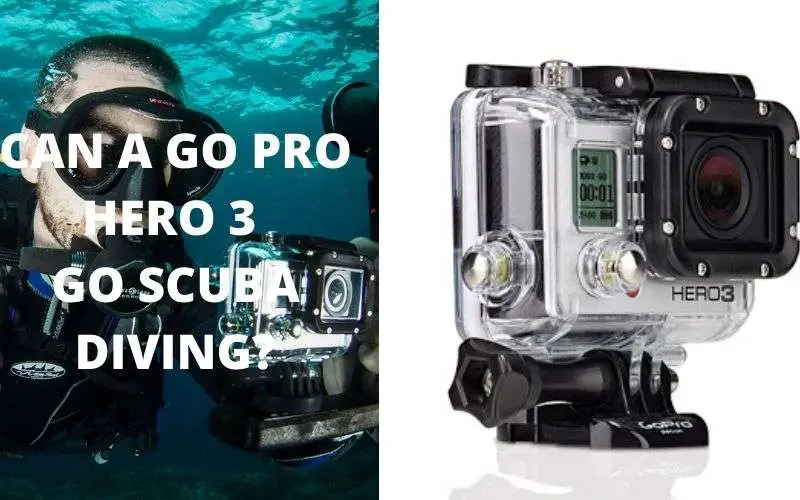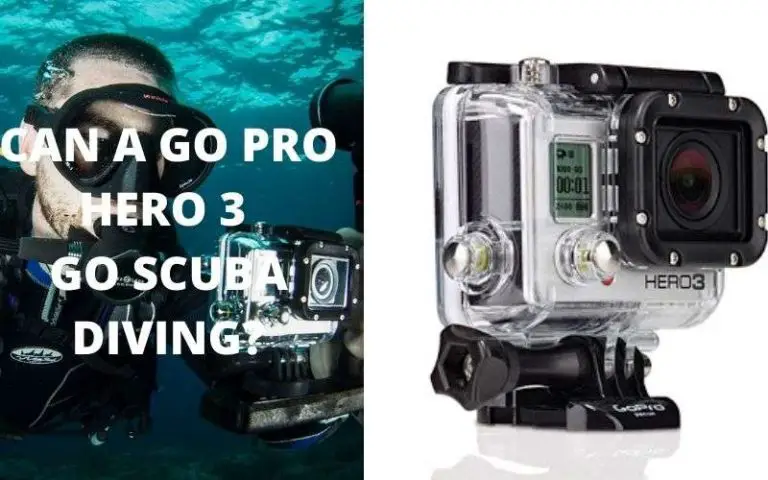
Snorkeling, at its essence, is a relatively uncomplicated pastime. Its low entry barriers have made it accessible to a wide range of people, from young children to entire families. However, beneath the simplicity lies a world of intricacies and possibilities.
Whether you’re a beginner or an experienced snorkeler, there are advanced tips that can elevate your snorkeling experience to new heights. These invaluable insights can make the difference between a good snorkeling trip and an unforgettable adventure.
Moreover, these advanced snorkeling tips can be a game-changer if you have physical or medical conditions that may have previously hindered your snorkeling ambitions.
This article aims to unravel these expert tips, ensuring they are accessible to anyone who seeks to enhance their snorkeling journey, whether it’s for themselves, a friend, a family member, or even a stranger embarking on this aquatic adventure.
Efficiently Packing Snorkeling Gear for Travel

Efficient packing is an art that can significantly enhance your travel experience, especially when snorkeling is on the agenda. While snorkeling requires minimal gear—primarily a mask and snorkel—it’s often better with the addition of fins and a rash guard.
Here are some tips for saving space when packing your snorkeling essentials.
Consider opting for travel-sized or collapsible versions of standard snorkeling gear. Short fins designed for travel or folding fins that fit neatly into a carry-on bag can be space-saving options. When it comes to masks and snorkels, look for low-volume masks and shorter snorkels to minimize their footprint in your luggage.
Limit the amount of clothing you pack, as clothes are easily replaceable while specialized snorkeling gear may not be readily available in remote locations.
When packing longer fins, arrange them diagonally in your bag to maximize space. Layer your other belongings around them, filling every odd gap to make the most of your luggage’s capacity.
For tropical destinations where cold water isn’t a concern, opt for full-foot snorkeling fins. They are lightweight and can be worn without the need for additional dive booties, saving you space and weight during your travels.
Consider using a gym bag-style carry-on for your snorkeling gear. These bags are designed to accommodate longer items like fins without folding or diagonal placement. Additionally, they can fit lengthwise into overhead bins on planes, offer more room than duffel bags or backpacks, and don’t require checking in at the airport.
Dealing with Water Distortions
While snorkeling, you may encounter peculiar water distortions that resemble heat hazes or wavy lines. These phenomena are entirely natural and not cause for concern. There are two common reasons for these distortions:
Haloclines occur when saltwater and freshwater are in close proximity but have not mixed. Differences in water density cause the distortion. This can happen near freshwater sources or after recent rainfall.
Thermoclines result from different water temperatures in close proximity. The separation of warm and cold water layers creates this effect. Both haloclines and thermoclines can lead to reduced visibility.
To address these distortions, simply swim around and mix the water to improve visibility.
Snorkeling in Cloudy Weather
Overcast skies may make you wonder about the impact of reduced sunlight on your snorkeling experience. While opinions vary, many snorkelers do not cancel their trips due to cloudy weather.
Some believe that muted colors and lower visibility can detract from the experience, while others appreciate the absence of shadows, which encourages more marine life to remain in the open.
However, it’s essential to remember that even on cloudy days, UV rays can penetrate clouds and damage your skin. Continue using sun protection to safeguard your skin during snorkeling trips, regardless of the weather.
Using Weather Forecasts to Select a Snorkeling Spot
To gain more control over your snorkeling conditions, consider checking weather forecasts before your trip. Wind direction and speed can significantly affect your snorkeling experience.
Websites like Windfinder or Windguru, although designed for kite and wind surfers, can be valuable for avoiding strong winds during your snorkeling adventures.
In the United States, the National Weather Service website can provide information about nearby locations and their wind conditions. Aim for locations with mild to no wind to ensure a calm snorkeling experience.
Keep an eye out for ocean swells or waves, as they can affect your snorkeling experience. Swells are often caused by nearby weather systems. While these sites are primarily designed for surfers seeking swells, they can still be useful for snorkelers looking for calm waters.
Snorkel in bays or lagoons, which are protected from strong winds and currents, when wind speeds are below 10 knots to ensure a tranquil experience.
Strong winds and waves can lead to poor visibility due to the ocean sediment stirred up by motion. In such conditions, it’s best to wait a few days for the sediment to settle if time allows.
Keeping Hair Hydrated
Frequent exposure to saltwater can lead to dry and damaged hair, especially if you have long locks.
Here are some tips to protect your hair during snorkeling adventures:
- Consider wearing protective gear like a dive hood, swim cap, or hooded rash vest. These not only shield your hair from saltwater but also provide sun protection for your head and hair.
- Use hair products designed to moisturize and detangle your hair after saltwater exposure. Look for non-toxic products to avoid contributing to coral reef damage.
- Avoid blow-drying your hair after snorkeling to prevent further damage.
Snorkeling with Light Sensitivity
If you have sensitive eyes, recent eye surgery, or light sensitivity, you can still enjoy snorkeling with the right gear. Invest in a snorkel mask with black silicone around the lens to reduce glare.
While it may slightly reduce your vision, it helps absorb excess sunlight around the edges of the mask. If needed, consider prescription snorkel masks or bifocal lenses for improved vision.
Lip Protection while Snorkeling
Lip protection is often overlooked, but prolonged exposure to sun, saltwater, and the pressure of a snorkel mouthpiece can lead to swollen, cracked, and sunburned lips.
To safeguard your lips during snorkeling:
- Use lip sunscreen to prevent sunburn. While it may become goopy when mixed with water, it offers crucial protection.
- Clean your snorkel mouthpiece thoroughly to prevent irritation and swelling of the lips.
Dealing with Water in the Ears after Snorkeling
Water in the ears can be uncomfortable and potentially lead to swimmer’s ear.
Prevent it by wearing earplugs while snorkeling or using a homemade solution:
Mix a solution of 50% white vinegar and 50% alcohol and store it in an eyedropper.
Apply a few drops of the solution into each ear after snorkeling to speed up the drying process and restore the ear’s pH balance.
Managing Skin Rash from Snorkeling

If you develop a red, itchy rash after snorkeling, it may be due to sea lice caused by jellyfish larvae. To address this:
Rinse your body with hot water and thoroughly clean your swimwear. Consider throwing it in the dryer to ensure no jellyfish larvae remain.
Use over-the-counter products like ibuprofen, hydrocortisone, or betamethasone cream to relieve itchiness.
If the rash is severe, consult a doctor for prescription medication.
Dealing With Leg Cramps While Snorkeling
Experiencing a leg cramp while snorkeling can be a frightening and potentially life-threatening situation.
To reduce the risk of leg cramps and know how to manage them if they occur, consider the following tips:
- Ensure you stay hydrated by drinking plenty of fluids before and during your snorkeling trip. Potassium-rich foods, such as bananas, can help maintain proper muscle function and reduce the likelihood of cramps.
- Check that your fins are the right size and not too large for your feet, as excessively large fins can strain your leg muscles. If you experience cramps with long fins, consider snorkeling without fins or using shorter fins that place less strain on your legs.
- The flutter kick, a common snorkeling technique, can strain specific leg muscles. Practice this kick before your snorkeling trip to build muscle endurance and reduce the risk of cramps.
- If you have access to an indoor pool or live near the ocean, practicing snorkeling techniques before your trip can help your leg muscles acclimate to the activity.
- For those with gym memberships, the Cybex Arc Trainer cardio machine can mimic the flutter kick’s leg movement. Holding onto the side rails instead of the handles and pedaling while leaning back can strengthen the same leg muscles used in snorkeling.
Snorkeling with Fibromyalgia
Snorkeling with fibromyalgia or similar conditions is possible with proper precautions.
To minimize the risk of discomfort or pain, follow these guidelines:
- Always wear a life jacket, not just a snorkel vest, to ensure buoyancy and safety in the water.
- Snorkel with at least one strong, athletic partner who can assist in case of emergency.
- Choose snorkeling locations with natural protection from wind and waves, such as bays or lagoons, to minimize physical strain.
- To alleviate cramping or muscle pain associated with fibromyalgia, consider taking magnesium and potassium supplements and staying well-hydrated. Coconut water is a natural source of both magnesium and potassium.
- Consult with your doctor about potential dietary changes. Some individuals find relief by eliminating certain foods, such as soy, corn, wheat, and specific oils, from their diets.
- After snorkeling, consider bathing in Epsom salts or baking soda to reduce muscle pain associated with fibromyalgia.
- Explore alternative snorkeling gear options if your equipment causes discomfort. Look for snorkels with softer mouthpieces or consider using a full-face snorkel mask that doesn’t require biting down on a mouthpiece. Shorter fins can also make kicking easier and more comfortable.
Snorkeling with a Physical Disability
Physical disabilities should not prevent anyone from enjoying the beauty of underwater worlds while snorkeling. With proper planning and adaptive equipment, snorkeling is accessible to individuals with disabilities.
Here are some recommendations:
- Wear a life jacket for buoyancy and safety while snorkeling. Always have at least one capable snorkeling partner with you for assistance.
- Choose snorkeling locations with calm, shallow waters for ease of access.
- Ask for assistance from other beachgoers to enter and exit the water if needed. Look for beaches that provide beach chairs with large inflated tires for easier sand traversal.
- Use webbed neoprene gloves or training paddles instead of fins to help with swimming.
- Consider snorkel boards with underwater viewing windows to explore beneath the surface without the need for strenuous swimming.
- Adapt your approach based on your specific disability and seek out equipment that caters to your needs. Don’t let physical limitations deter you from experiencing the wonders of snorkeling.
Dealing with Mosquitoes in Tropical Snorkeling Locations
While not a direct snorkeling tip, knowing how to handle mosquitoes during your snorkeling trip can greatly improve your overall experience. Mosquitoes can be a nuisance, particularly in tropical regions.
Here’s how to protect yourself from these pesky insects:
- Mosquitoes are most active during the early morning and evening. Keep windows closed during these times if your accommodation lacks screens, and avoid heading out during peak mosquito hours.
- Apply insect repellent containing DEET before venturing outdoors.
- Some travelers claim that rubbing Bounce dryer sheets on exposed skin can deter mosquitoes. After application, keep the sheet nearby to continue repelling insects.
- Cover exposed skin to minimize areas where mosquitoes can bite. Preventing mosquito bites is essential because these insects are known carriers of various diseases due to their ability to transfer blood between victims.
Dealing with Seasickness while Snorkeling
Seasickness can mar an otherwise enjoyable snorkeling experience.
If you’ve tried traditional remedies like Dramamine and found them ineffective or prefer natural alternatives, consider the following methods:
- Use peppermint and ginger as natural remedies. Some suggest taking ginger pills 24 hours before snorkeling to prevent seasickness. If pills aren’t available, candied ginger or ginger tea can be effective. For peppermint, inhale the aroma of peppermint essential oil to alleviate nausea.
- Apply peppermint essential oil beneath your nose just before wearing your snorkel mask for prolonged relief. Ensure the oil is 100% pure therapeutic grade and not a synthetic perfume.
- Stay well-hydrated, as dehydration can exacerbate sea sickness symptoms.
- Stare at the horizon if you start feeling nauseous while snorkeling. Focusing on a stable point can help alleviate seasickness symptoms.
- Combine peppermint and ginger remedies for maximum effectiveness, especially if you’re prone to severe seasickness.
Snorkeling with High Blood Pressure, Diabetes, and Asthma
While some snorkeling excursions may have restrictions due to health conditions like high blood pressure, diabetes, or asthma, these limitations aren’t insurmountable.
Here’s how to navigate snorkeling with these conditions:
- Consult your doctor before embarking on a snorkeling trip. Your physician will provide guidance on whether snorkeling is safe for your specific health situation.
- If your doctor approves your snorkeling plans, ask them to provide a written release supporting your participation. Present this release to the snorkeling or cruise company to release them from liability concerns.
- Prioritize regular physical activity and a healthy diet to manage high blood pressure, diabetes, and asthma effectively. Follow your doctor’s advice regarding dietary restrictions.
Conclusion
While snorkeling is often seen as a carefree activity, these advanced snorkeling tips are designed for those who seek to maximize their underwater adventures. From efficient packing to weather forecasting and tailored advice for specific medical conditions, these tips can elevate your snorkeling experiences to unforgettable heights.
Seasoned snorkelers can navigate the waters with ease, comfort, and minimal hassle by implementing these insights.
Regardless of your skill level or health status, there’s a wealth of snorkeling equipment and knowledge available to ensure your safety and enjoyment in the underwater realm. Don’t let barriers hold you back—dive into the world of snorkeling and explore its wonders with confidence and expertise.












